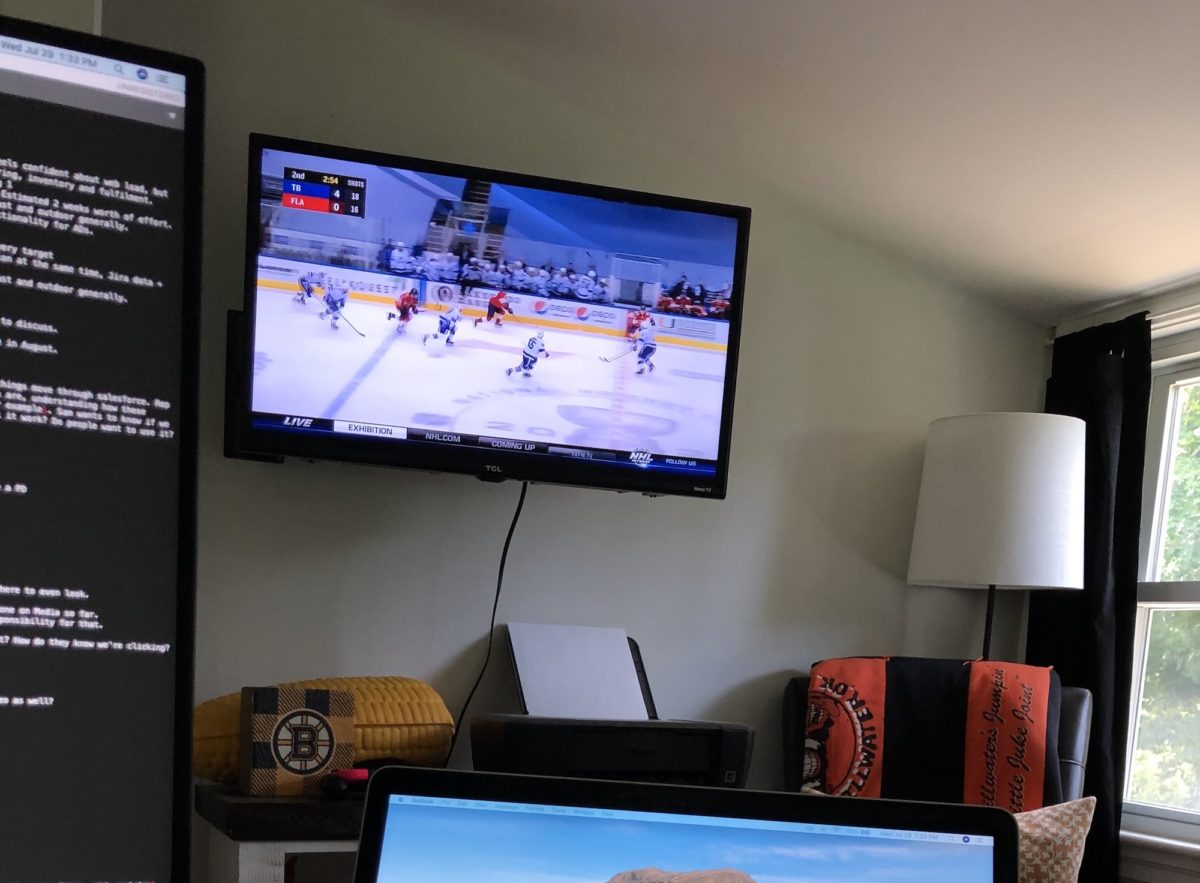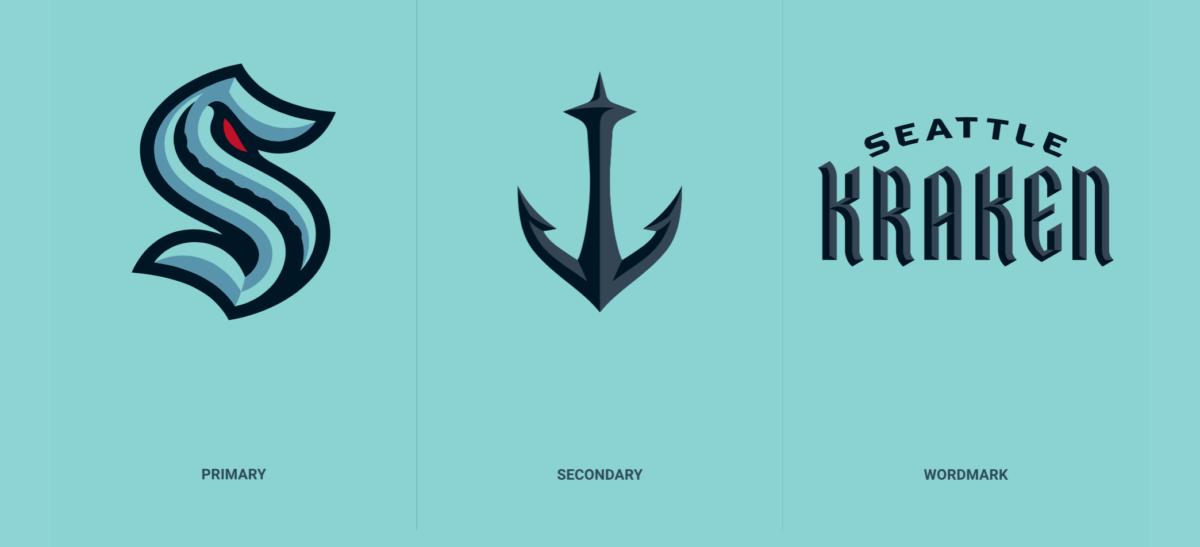I need to get ideas out of my head.
Most aren’t good ideas, but they linger up there, kicking around, making me more anxious than neccessary. This specific post is a good example. I’ve written and re-written it a few times.
One thing I’ve noticed is that if the ideas in my brain never make it to the team, there’s less chance that they ever get acted on.
As a leader, this is a huge problem.
For private notes, I usually just spin up a new Note in the Notes app and do a small brain dump. This works well and lets me get the idea or spark out of my brain, and eases my mind a little bit. At least I did something with that, instead of letting it knock around up there and distract me.
It’s a little different for ideas that impact my team at work.
I work with a large, distributed team of product managers, designers, engineers and others. In a non-distributed team, you get the chance to pass in hallways, lean over to their desk, talk at lunch, etc.
Being accountable to so many people, and spread across multiple offices and timezones, I rarely have the opportunity for those random one-off conversations. We try to make up for this with regularly scheduled 1:1s and Zoom calls. It kinda works. It also kinda doesn’t.
Keeping a team that size aligned is difficult. That difficulty is multiplied by at least 2x by being distributed.
In the past, I’ve relied on a number of techniques to keep teams aligned. The obligatory meetings (both “all-hands” and 1:1), stream-of-thought emails or Slacks, and lots of travel.
But the one I am finding the most value in is written communication. Publishing your thought in an editable, shareable medium that fosters collaboration with the team.
There is a lot to like about the written communication technique, and I’m not the first person to recognize this. Famously, Basecamp requires their employees to be great written communicators specifically to minimize distractions and improve alignment across a distributed team.
What I like most about it is that it forces you to slow down your thoughts and try to build a narrative (assuming that you type slower than you think). Almost always, as soon as I start to turn my thought into something that I know someone else is going to read, I start to see where the holes and gaps exist.
Now, here’s my personal rub: I am my own worst critic.
To make written communication valuable, it needs to be easily readible and digestible.
Making things readible and easily digestible takes time and effort.
I would have written a shorter letter, but I did not have the time.
Blaise Pascal in his Lettres Provinciales
While I would tell my teammates to just publish it, don’t worry about it being wrong, just get it out there so we can discuss … it’s so hard to do it myself. I can (and do) edit, tweak and hone for too long. Holding that idea in my head and not letting my team respond to it.
This is detrimental to our group because of the aforementioned timezone and physical separation. Without those opportunities to get in front of the team casually, my ideas never permeate the team, making it harder to become reality.
But I’m in a leadership position, and I want my team to think that I know what I’m talking about. I don’t want them to read a poorly written or formatted document and assume I’m incompetant. In the early stages of an idea or thought, they’re usually kinda half-baked and often-times just flat-out wrong.
This is something I’m working on in 2020. There’s no catchy title for it or anything, yet. But it’s kinda just “letting go”. Put the idea out there, in a way that lets people provide feedback on it, that is searchable later, and that is editable as new information comes in.
I’ve shared my three drafts strategy with the team, and mark the documents as such. This frees up my mind from thinking that it needs to be perfect, and lets the team know that this is an early draft (or not).
OK, now I’m just going to publish this thing.








